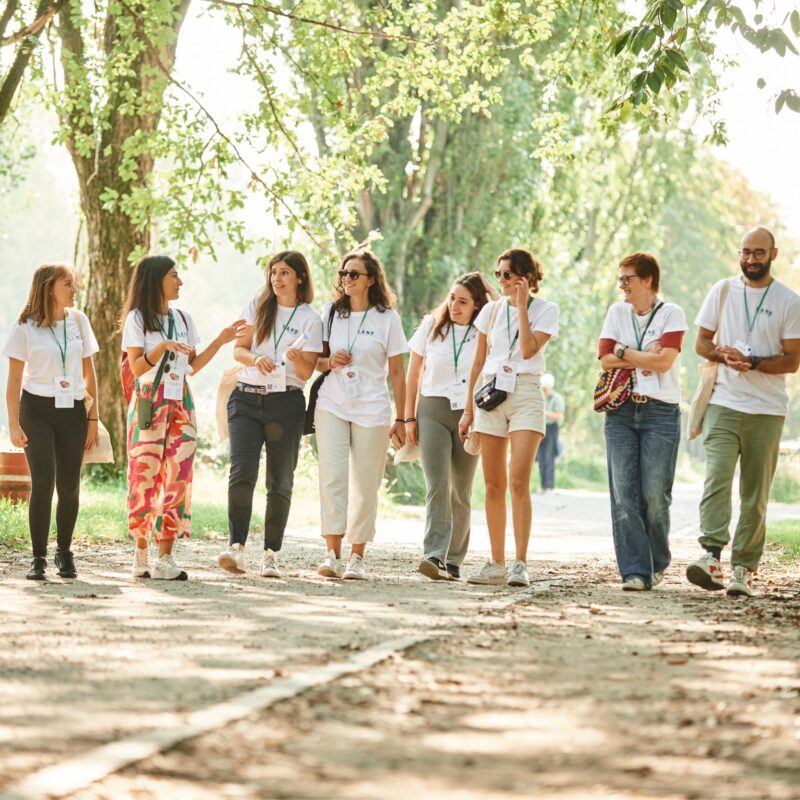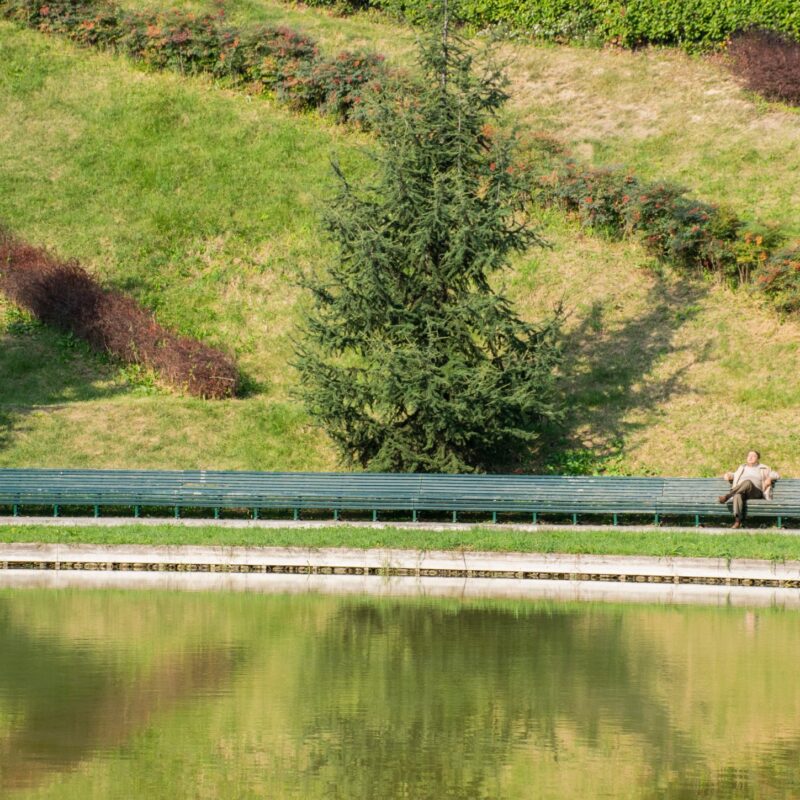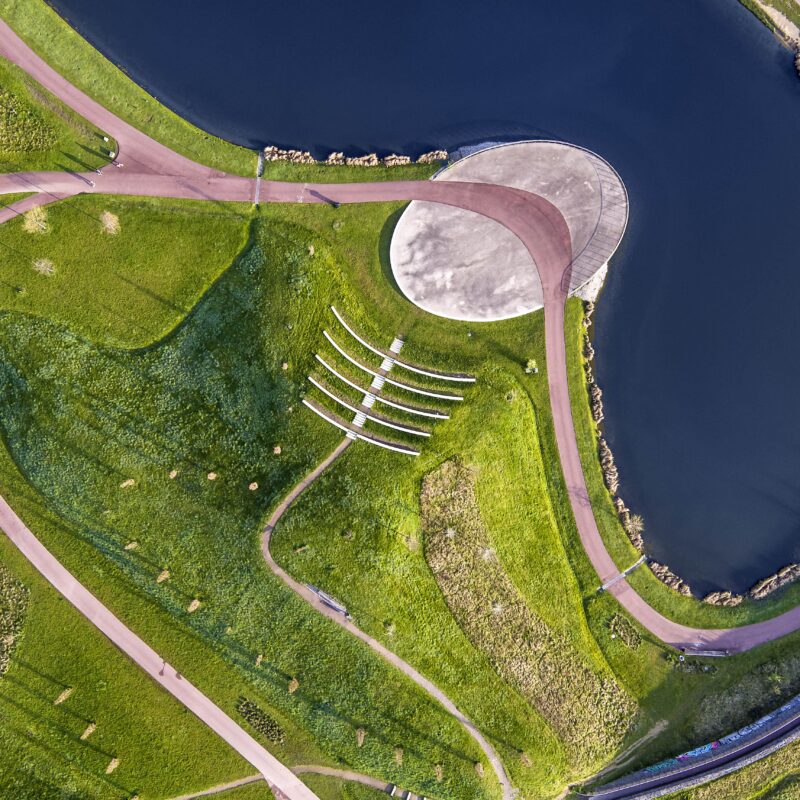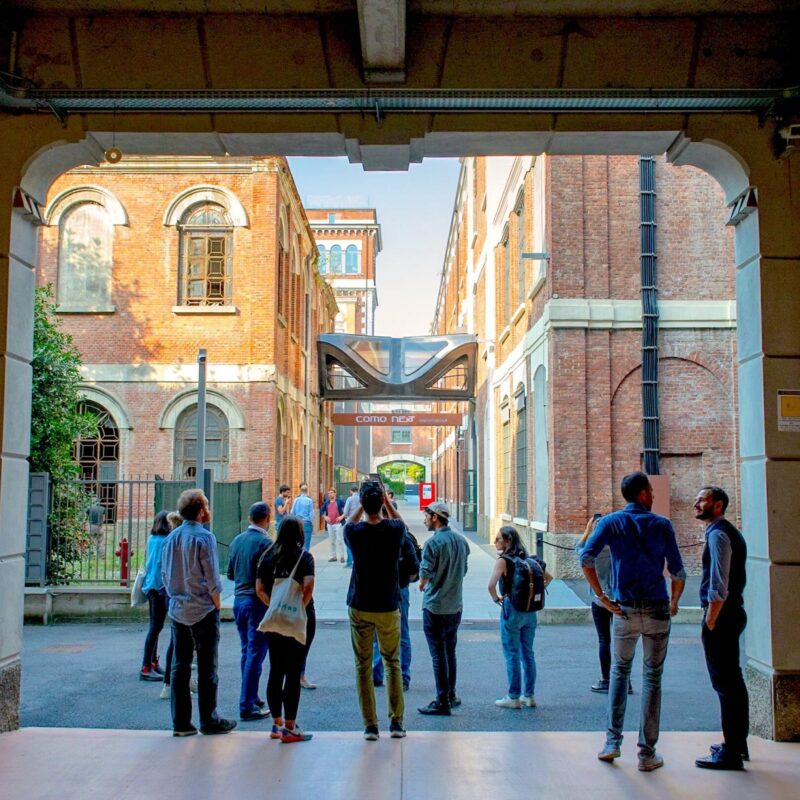
A new aesthetic dimension – Architekturquartett NRW on Green
Andreas Kipar attended the Architekturquartett NRW on Green, an event organised by the Chamber of Architects of Nordrhine-Westphalia.
“What is ethically correct gets a new aesthetic dimension. If we understand the urgency of acting, we know that we must be more radical and break things up “, said Andreas Kipar during the Architekturquartett NRW on Green. An event organised by the Chamber of Architects of Nordrhine-Westphalia, discussing with the architect Stefan Behnisch (Behnisch Architekten, Stuttgart/Munich/Boston/Los Angeles), the moderator and journalist Andrea Oster (WDR 5) and the art historian Dr Hilde Strobl (co-curator of the exhibition “Einfach Grün – Greening the City” at the DAM / University of Innsbruck) regarding three examples of how to green our cities.
The rooftop greenhouse on the Jobcenter Oberhausen (architecture: Kuehn Malvezzi Associates GmbH, Berlin / landscape architecture: atelier le balto, Berlin) is an example of “how greenhouses on roofs can be a great answer to the shortage of space and especially of fertile soil. Yet, there is no answer to the second problem of agriculture, the lack of workers, because crops cannot be put “on hold “on weekends. ”
According to Andreas Kipar, the roof garden of the RAG headquarters in Essen (architecture: Kadawittfeldarchitektur, Aachen / landscape architecture: GREENBOX Landschaftsarchitekten, Cologne) is a step towards the “biodiversity roof,” bringing immersive nature and new aesthetics in answer to new ethics.
The Kö-Bogen II in Düsseldorf – Europe’s most prominent green façade (ingenhoven architects, Düsseldorf) is a project characterised by superlatives but little biodiversity. What do cities need? asks Kipar: “Our inner cities don’t need only green clothes, but also a body and a soul to be sustainable” In this sense, the big question is: “how long can we still afford to tame nature with a high energetic and technological effort as we did per hundred of years?”
One thing is sure: we must change our attitude and be more open to diverse forms of greening in our cities.









